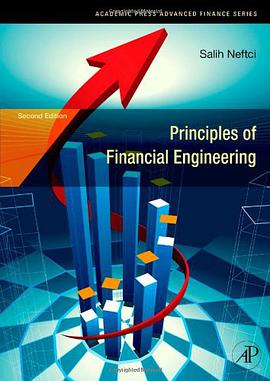Principles of Financial Engineering, Second Edition
内容简介
Five new chapters, numerous additions to existing chapters, and an expanded collection of questions and exercises make this Second Edition an essential part of everyone's library. Between defining swaps on its first page and presenting a case study on its last, Neftci's introduction to financial engineering shows readers how to create financial assets in static and dynamic environments. Poised among intuition, actual events, and financial mathematics, this book can be used to solve problems in risk management, taxation, regulation, and above all, pricing.
* The Second Edition presents 5 new chapters on structured product engineering, credit markets and instruments, and principle protection techniques, among other topics
* Additions, clarifications, and illustrations throughout the volume show these instruments at work instead of explaining how they should act
* The Solutions Manual enhances the text by presenting additional cases and solutions to exercises
......(更多)
作者简介
Salih N.Neftci(1947-2009),著名的金融学者,在资产定价、金融衍生物数学和风险管理方面有独到的研究。出生于土库曼斯坦,在美国明尼苏达大学获博士学位,先后在乔治·华盛顿大学、哥伦比亚大学、纽约城市大学任教,2009年4月于日内瓦去世。
陈典发,1982年南开大学研究生毕业,现任南开大学经济学院金融系教授,金融工程研究中心主任;兼任南开大学深圳金融工程学院教授,计算金融系主任。专业研究方向:随机过程理论、金融数学和金融工程。
......(更多)
目录
......(更多)
读书文摘
An excellent source for instruments and markets is Hull (2008).
。。。第一个工具就是Black-Scholes公式,它给出了一个普通的看涨(跌)期权在特定假设下的无套利价格。
......(更多)






